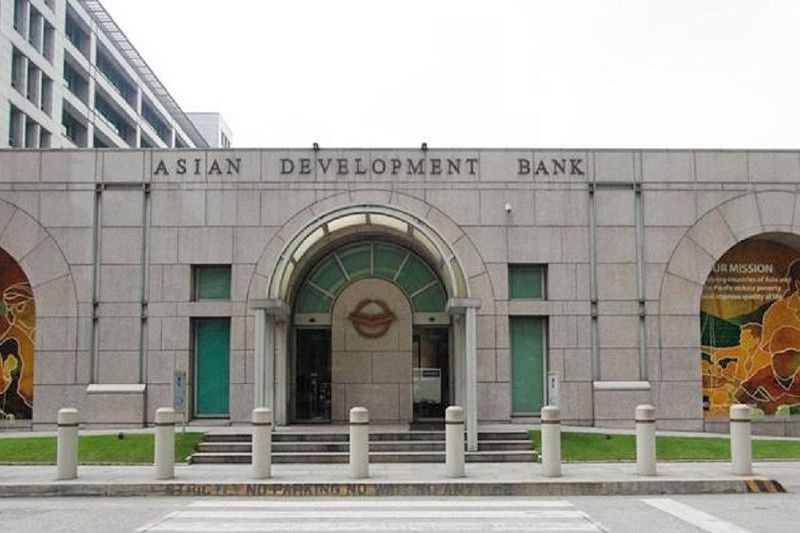Coal lock-in hinders ADB’s program to retire coal plants

MANILA, Philippines — Coal lock-in in Indonesia, Vietnam and the Philippines is hindering the successful implementation of the Asian Development Bank’s (ADB) program to retire coal-fired power plants, according to a recent report by consultancy firm Institute for Energy Economics and Financial Analysis (IEEFA).
In the “Coal Lock-In in Southeast Asia” report, the IEEFA defined coal-lock in as a state of an energy system where high capacities of coal-fired power plants are present in the energy system, backed by long-term financial agreements that cannot prematurely end.
In turn, this discourages alternate forms of power generation, even if they are more economically viable.
The three Southeast Asian countries were chosen by ADB for the pilot implementation of the energy transition mechanism (ETM), a transformative, blended-finance approach that seeks to retire existing coal-fired power plants on an accelerated schedule and replace them with clean power capacity.
It aims to retire almost half of the coal-fired power plants in Indonesia, Vietnam, and the Philippines.
IEEFA Research Associate Haneea Isaad said the high ambitions set out by the ETM are to be appreciated, but the fact that Southeast Asia is not a homogeneous region and has diverse individual power markets cannot be ignored.
The coal-lock in stems from the support from sovereign guarantees and long-term off-take requirements baked into power purchase agreements.
“IEEFA has long been focused on the issue of coal lock-in, particularly how the reliance on long-term power purchase agreements (PPAs) to support coal power investments restricts the ability of regional governments to shed high-emissions coal assets without severe financial damage,” Isaad said.
“If the ETM is not designed properly, there is a high risk that it would merely provide cash flows to ageing power plants nearing retirement already or worse, prolong the life of polluting assets by giving them an additional grace period to retire,” she said.
Isaad said the three countries have a combined 45-gigawatt (GW) coal pipeline expected to come online in the next decade under binding power purchase agreements and sovereign guarantees.
Of the three, Vietnam will have the largest additions, with almost 29 GW of planned coal-fired capacity expected by 2030.
Given the scale of coal pipelines in these countries, coal lock-in will only get worse if business continues as usual, the author said.
“IEEFA’s analysis reveals that in 2025, much of the planned capacity will be realized if plants currently under construction are brought into operation on schedule in Indonesia and Vietnam,” Isaad said.
- Latest
- Trending






























